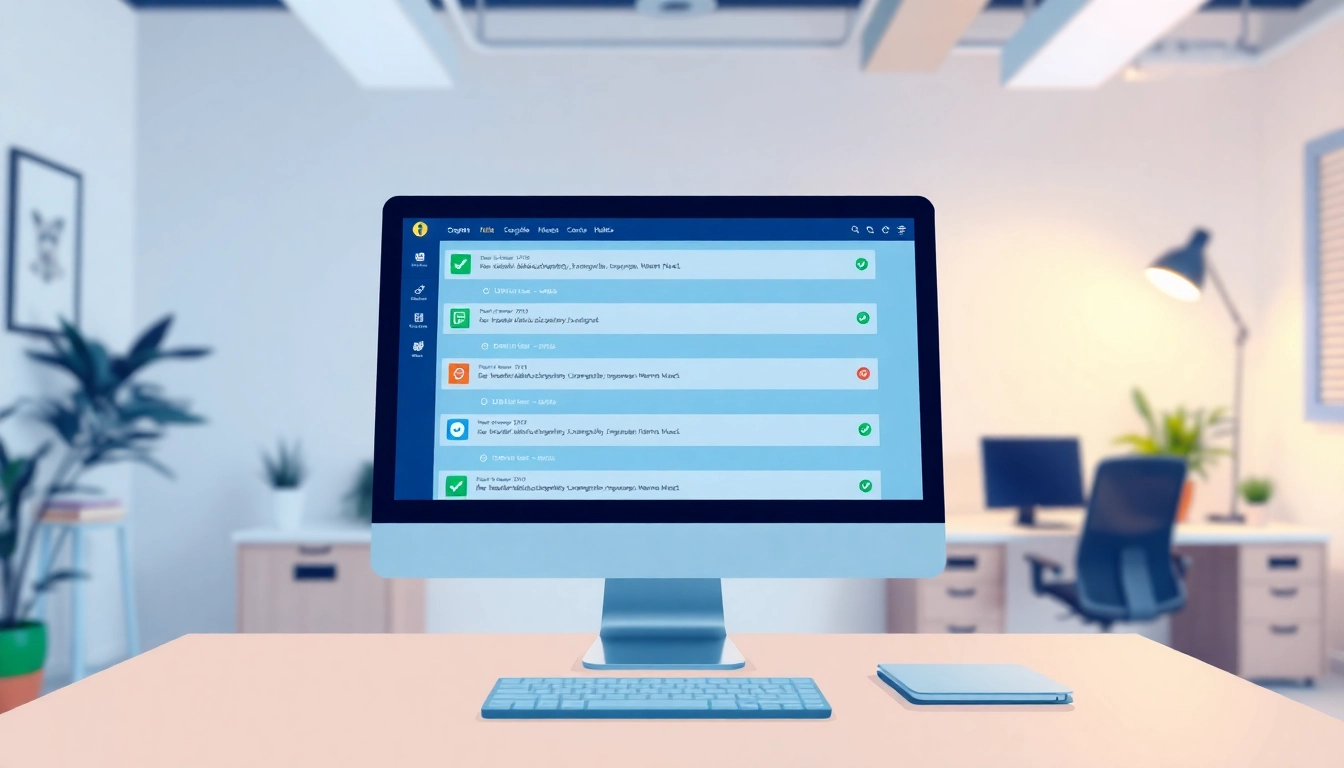Understanding Your Target Audience
For any successful content strategy, the initial step is understanding your target audience. Identifying who your audience is, what they want, and how you can meet those needs is crucial for effectively engaging them. When you grow your audience, you are essentially building a community that resonates with your content. Let’s delve deeper into the underlying mechanics of audience understanding.
Identifying Audience Segments
Audience segmentation is the practice of dividing your audience into different groups based on shared characteristics. Characteristics could include demographics, interests, behaviors, and purchasing habits. This not only aids in targeting communication and marketing efforts effectively but also boosts engagement rates. For example, you might segment your audience into categories such as age, gender, geographic location, or interests in specific topics. By doing so, not only do you enhance your message but also increase the relevance of the content you create.
Analyzing Audience Preferences
Once you have identified your audience segments, the next step is to analyze their preferences. Surveys, polls, and direct feedback can play a significant role in understanding what resonates with your audience. Utilize tools such as Google Analytics and social media insights to gather data on which content types receive the most interactions and engagement. Track metrics such as likes, shares, comments, and time spent on page. This analytical approach will guide you in creating more targeted and effective content that genuinely appeals to your audience.
Utilizing Audience Feedback
Engaging with your audience goes beyond mere feedback collection; it involves active incorporation of that feedback into your content strategy. Encouraging comments on your blog, posing questions on social media, and conducting regular surveys can provide essential insights into your audience’s interests and needs. When audience members see their ideas reflected in your content, it fosters a sense of community and encourages further interaction.
Creating Compelling Content
Compelling content is the linchpin to growing your audience. It is not enough to produce content arbitrarily; your content must be intentional, valuable, and engaging. Here’s how to go about creating it effectively.
Content Types That Attract Audiences
There are various types of content that can attract audiences, including blog posts, videos, podcasts, infographics, and social media posts. Each type serves a unique purpose. For instance, infographics can simplify complex information, while videos are excellent for storytelling and emotional connection. Diversifying your content types makes it easier to appeal to various segments of your audience and keeps your content fresh and exciting.
Optimizing Content for SEO
Search Engine Optimization (SEO) is essential for increasing the visibility of your content. Conduct keyword research to understand what search terms your audience is using and incorporate these into your content naturally. Additionally, focus on on-page elements such as headings, meta descriptions, and alt texts for images. High-quality backlinks and internal linking are also pivotal for enhancing search engine rankings, making it easier for potential audience members to discover your content.
Leveraging Visual and Interactive Elements
Visual content is processed 60,000 times faster by the brain than text. Leveraging visuals, such as graphics or videos, significantly enhances user engagement. Moreover, interactive elements like quizzes, polls, or interactive infographics can encourage participation and create a more engaging experience for your audience. The goal is to transform passive consumers of your content into active participants.
Utilizing Social Media for Growth
In today’s digital landscape, social media platforms are indispensable tools for audience growth. Not only do they provide a place to share your content, but they also allow for direct interaction with your audience.
Selecting the Right Platforms
Understanding which social media platforms to engage with largely depends on where your target audience spends their time. For example, if your primary audience consists of young adults, platforms like Instagram and TikTok may be more effective options. In contrast, LinkedIn may serve better for B2B engagement. Carefully assess the demographics and user behavior of each platform to ensure that your social media strategy aligns with your audience’s preferences.
Engaging Your Followers
Engagement fosters community and loyalty, both of which are crucial for audience growth. Responding promptly to comments, asking for user-generated content, and creating competitive challenges can boost engagement rates. Showcasing behind-the-scenes content or sharing customer testimonials also helps in humanizing your brand, which is key for building long-term relationships with followers.
Analyzing Social Media Metrics
To ensure your social media strategy is effective, tracking performance is vital. Use tools such as Facebook Insights and Twitter Analytics to gauge engagement levels, follower growth, and post reach. Pay attention to metrics like shares and click-through rates to understand which content resonates most with your audience. This data will allow you to refine your strategy continuously and ensure ongoing audience growth.
Building Strategic Partnerships
Strategic partnerships can significantly amplify your audience growth efforts. Collaborating with other brands, influencers, or organizations can increase your visibility and enhance the credibility of your brand.
Collaborating with Influencers
Influencer marketing has become a credible strategy for brands looking to engage larger audiences. By partnering with influencers whose audience aligns with yours, you can access a broader demographic that may be interested in your content. Choose influencers who genuinely resonate with your brand values to establish trust with their audience.
Networking with Industry Peers
Networking with peers in your industry can open doors to cross-promotional opportunities. Attend industry events, webinars, or workshops to build relationships. By collaborating with fellow brands or bloggers, you can tap into each other’s audience bases, thereby increasing overall reach and visibility.
Creating Joint Campaigns
Joint campaigns can be an effective method to engage multiple audiences. Think of campaigns that align with both brands’ objectives and resonate with their audiences. For instance, offering bundled services or co-hosting a webinar can bring added value to your audience while expanding your reach significantly.
Measuring Success and Adapting Strategies
Continuous assessment of your growth strategies is crucial to ensuring sustained success. It’s important to measure what works and be flexible enough to adapt your approach based on data-driven insights.
Defining Key Performance Indicators
Key Performance Indicators (KPIs) help you gauge the success of your audience growth strategies. These could include metrics like website traffic, subscriber growth, social media engagement, and conversion rates. Setting these benchmarks helps in evaluating performance against the goals you’ve established. KPIs provide clarity and justify the time and resources invested in your growth strategies.
Adjusting Tactics Based on Data
Monitoring performance data is essential for adjusting your tactics. If certain types of content are performing poorly, investigate why. Are there better times to post, or do they require significant updates? Flexibility to pivot will enable you to optimize your approach continually.
Continuous Improvement and Learning
The digital landscape is ever-evolving, and so should your strategies. Regularly seek out educational opportunities, whether through online courses, webinars, or blogs. Keeping up-to-date with industry trends not only ensures you are leveraging the latest techniques but also positions you as a thought leader in your niche, further attracting an audience.



